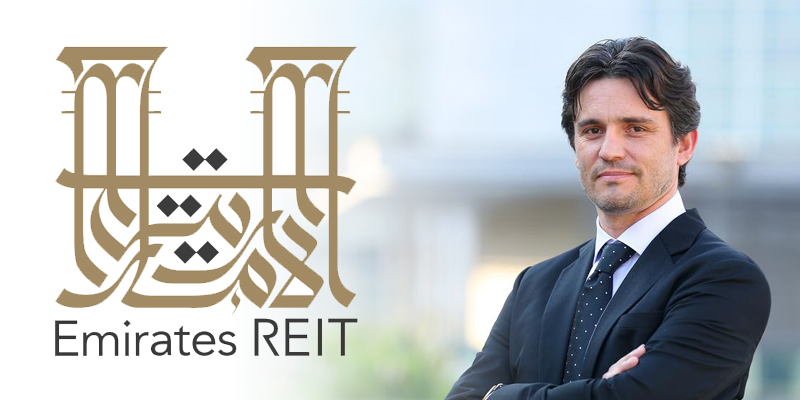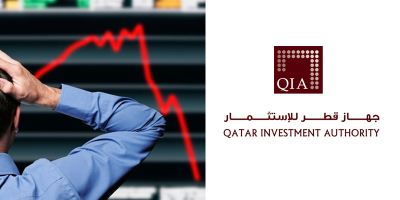Emirates REIT’s (EREIT) Q3 results and investor call was held a few days ago in which they updated shareholders on performance.
We’ve detailed EREIT’s problem asset, Index Tower, in previous articles. Index Tower continues to under perform, registering just a 31% occupancy rate, up from 26% in Q2 2017 and 24% in Q3 2016. Sluggish uptake is largely due to weaker demand for DIFC office space and EREIT’s ongoing failure to rent parking spaces and the ground floor retail area. Equitativa, EREIT’s manager, attempts to gloss over poor performance with the following more positive spins:
- Index Tower as a single asset is now operating above break-even, as the fixed costs of service charges are now being offset by office leases, implying its not a net detractor to the portfolio and any new leases flow straight to the bottom line.
- They’ve apparently signed “pre-lease” agreements with prospective retail tenants (whatever that means).
- Index Tower is already achieving 60% of their initial target rental income due to higher than expected rents from fitted-out spaces vs core & shell.
Still, 69% of EREIT’s Index Tower space being income-less whilst Equitativa collects management fees isn’t going to get shareholders smiling.
Sustainable Dividend?
The focus for this article is on the sustainability of EREIT’s generous 8%+ current annualized dividend.
EREIT’s prospectus states that 80% of the REIT’s Net Profit must be paid out as dividends. The issue is that EREIT’s Net Profit continues to be dominated by Revaluation Gains, which are a non-cash item. In fact, looking at the Q3 update below we can see that Revaluation Gains made up a massive 87% of Net Profit.

If EREIT has to pay out 80% of Net Profit, that’s a total of $25.3mn for Q3 alone. When compared to Net Rental Income for Q3 (which is the actual cash coming from the investment property portfolio after expenses), we see that Net Rental Income of $11.8mn covers less than half of the expected dividend accrued in the most recent quarter.
On a longer time horizon, the table below illustrates how dividends to be paid outstripped Net Rental Income generated by the property portfolio for several years. In effect, EREIT continues to distribute its assets back to investors as opposed to purely “rental income” and realized gains.

Investors should be aware of the difference, as one is less sustainable than the other. To put it another way, today EREIT’s dividend is determined more-so by property prices vs rental income.
We propose that EREIT change its dividend policy to be linked to Net Rental Income and Realized Gains of properties actually sold, instead of Net Profit, which continues to get get skewed by unrealized Revaluation Gains. We believe this more accurately reflects the performance of the portfolio and produces a more stable and sustainable dividend over the property cycle.





Saif
When evaluating REITs, you will get a clearer picture by looking at funds from operations (FFO) rather than looking at net income
Arkad
That’s absolutely right. The problem is that the dividend is calculated based on Net Income. This overstates the dividend when the portfolio value is growing, and penalizes it when the portfolio value falls.
Saif
That’s not a problem at all.
Yes It’s based on net income but “subject to the fund having sufficient cash available.”
That’s mean we should ignore the unrealized gain when we talk about dividend.
Thus, when the portfolio value falls , dividend wouldn’t penalized because FFO excludes non-cash profit.
Actually the fund will generate more cash into FFO to pay as dividends when the portfolio value falls because management fees/performance fees are based on Gross value!
Abu Arqala
Great dissection of EREIT in both senses of the word.
skeptical
I think the dividned policy of REIT is in line with what you see REITS globally where debt is used to bridge the gap between cash flow and net income due to non cash items and it also takes into consideration the future expected cash flows.
my concern is actually not this but
1- exaggerated management fees applied on assets which creates conflict by motivating to grow assets regardless of its commercial viability ( index is a good example)
2- performance fees encahshed and paid even before delivering the returns to shareholders
the win lose structure they have resulted in REIT trading at a huge discount to NAV ( even if u apply more discounts) making it now a good value